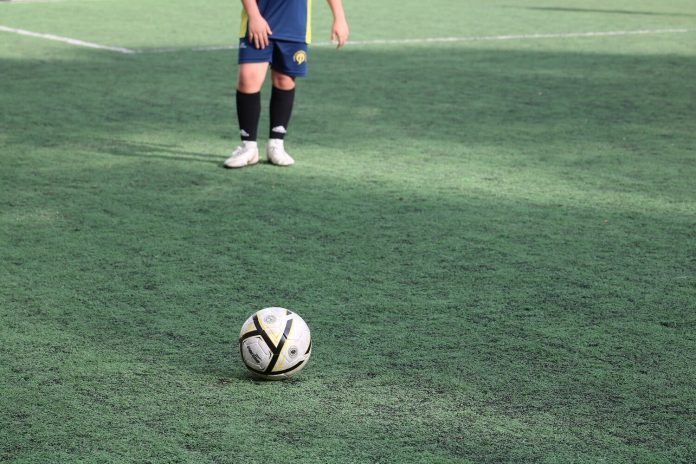The activity connection
In the last decade, research on the link between exercise and mental health has increased significantly. A paper (4) reviewed the research since 2011 into the link between exercise and depression, self-esteem, anxiety and cognitive functioning and found that the strongest link was found between exercise and cognitive function. For depression, the intervention effects were classed as moderate, with the authors saying their findings constitute “partial evidence for a causal association” between increased physical activity and lower rates of depression in young people. Results for anxiety were less clear, due to a lack of studies in this area.
While there was no evidence for a causal association between physical activity and self-esteem in youth, the authors point out that this field is complex.
How exercise can help
To understand these links further, it can be helpful to explore results from individual studies.
For example, a study in 2017 (5) assessed the association between moderate-to-vigorous physical activity (MVPA), sedentary behaviour and major depressive disorder in middle childhood. The researchers evaluated a community sample of 795 children living in Norway, who were enrolled at 6 years of age and followed up at ages 8 and 10.
The authors concluded that MVPA predicted fewer depressive symptoms in middle childhood, suggesting increased physical activity may be useful to prevent and treat childhood depression.
The study’s lead author Tonje Zahl, M.S.C., from the Norwegian University of Science and Technology, said in a statement: “Physical activity has a range of health benefits, and this study indicates that increasing children’s moderate and vigorous physical activity may prevent later depressive symptoms.
“Thus, increased physical activity may serve as an adjunct component to … pharmacological or psychological treatments. As regards prevention, because nearly all children can be targeted in efforts to increase MVPA, the gains at the population level might be substantial.”
Another study (6) examined an aerobic cybercycling intervention on behavioural self-regulation and classroom functioning in children with mental health disabilities attending a therapeutic day school.
Researchers randomly assigned 103 students to 7 weeks of aerobic cybercycling, in which they used the bikes twice per week during 30- to 40-minute physical education (PE) classes. In the control period, children participated in standard non-aerobic PE.
They found the children, who were aged 7 to 16, experienced 32 to 51 percent lower odds of poor self-regulation and learning-inhibiting disciplinary time out of class when participating in the intervention, which the authors note is both clinically and statistically significant.
Effects were more pronounced on days the children participated in the aerobic exercise, but carryover effects were also observed. The authors concluded that “aerobic cybercycling PE shows promise for improving self-regulation and classroom functioning among children with complex behavioural health disorders. This school-based exercise intervention may significantly improve child behavioral health without increasing parental burden or health care costs, or disrupting academic schedules.”
Lead author April Bowling, assistant professor at Merrimack College, explained to Healthline that cybercycling appealed to the children because they could successfully engage in it at their current ability level and found the video games and virtual reality courses entertaining.
Regarding how exercise influences mood and behaviour, Bowling explains: “First, it seems to change where the brain directs its resources, from areas of the brain that are involved in worrying, for example, and toward areas that are more involved in coordination and focus.
“Secondly, aerobic exercise can change brain chemistry, and specifically the levels of certain neurotransmitters that might help improve an individual’s self-regulation. When mood and self-regulation — the ability to control behavior — is improved, then children can function better in the classroom.”
She recommends schools “stop cutting out movement from the school day – taking time away from recess and physical education for more academic purposes – if we want our children to perform to their potential”.









